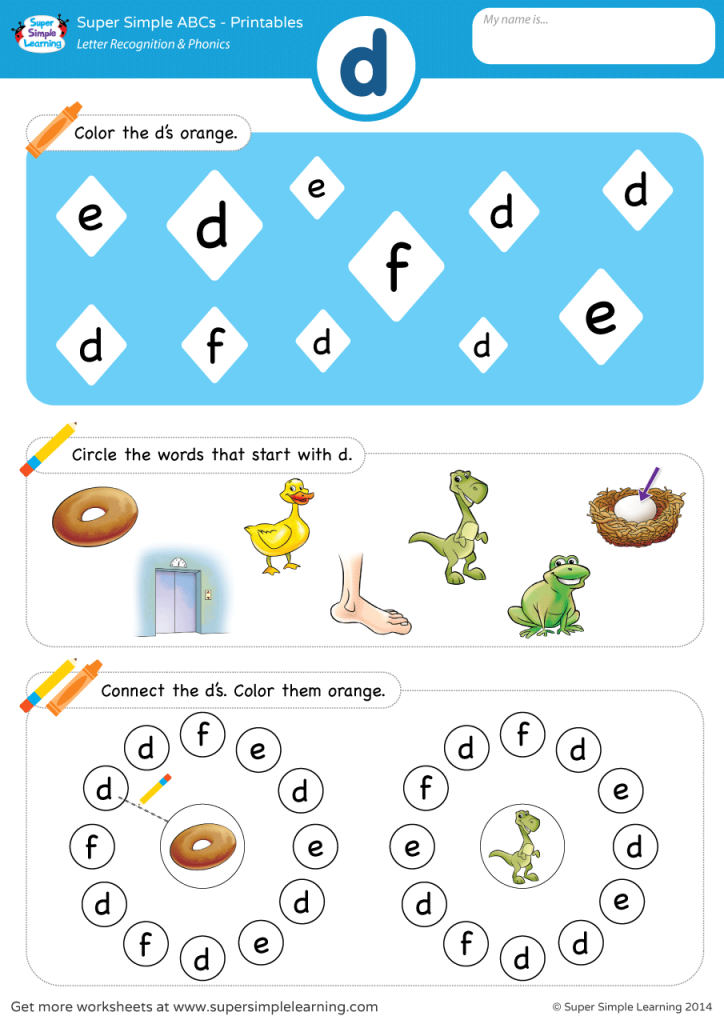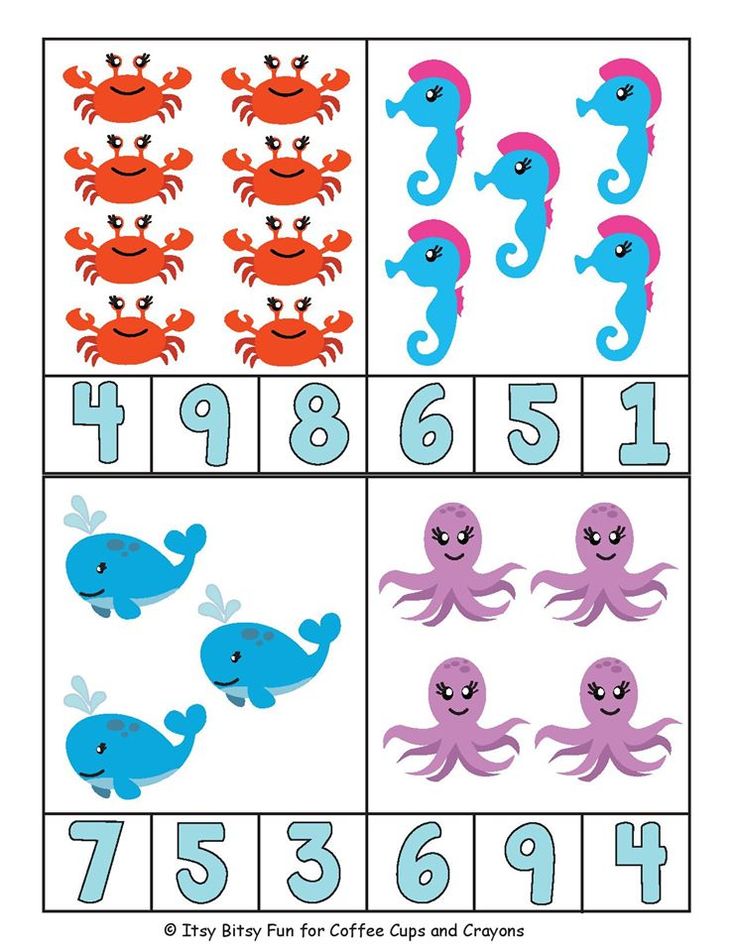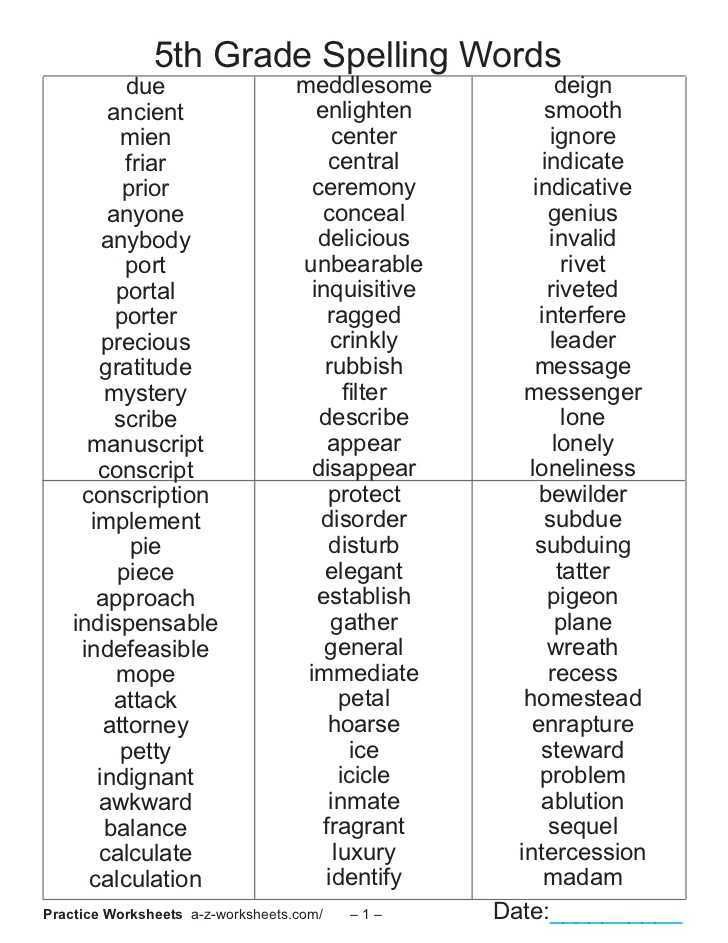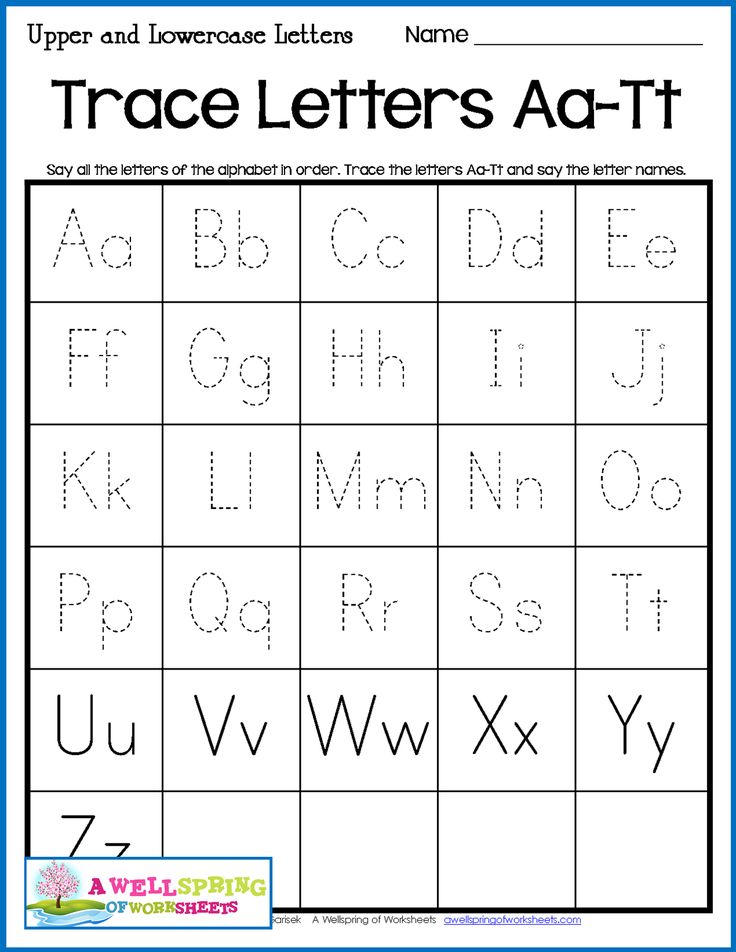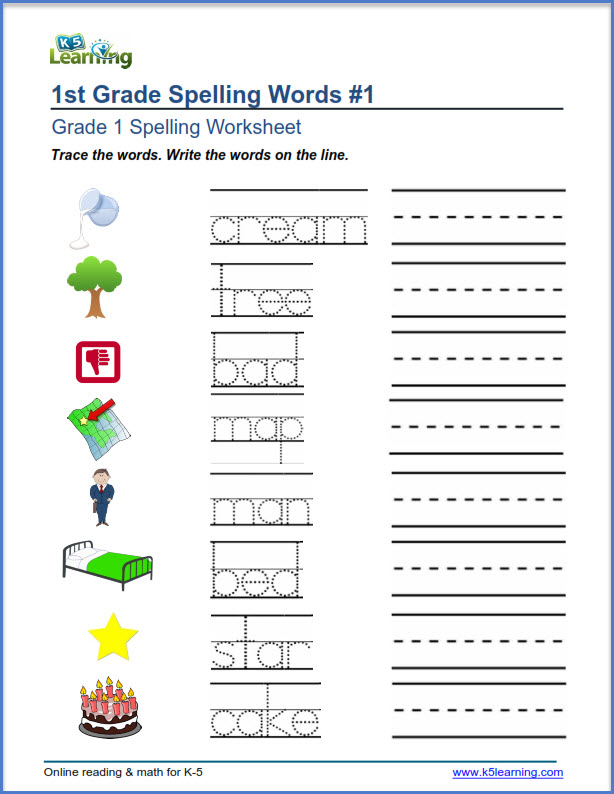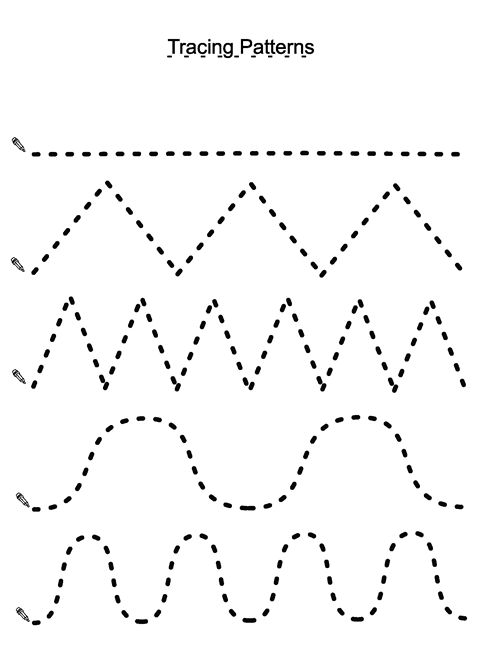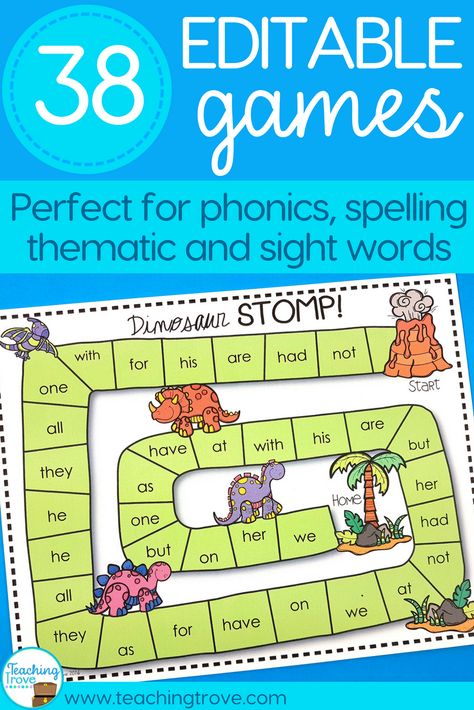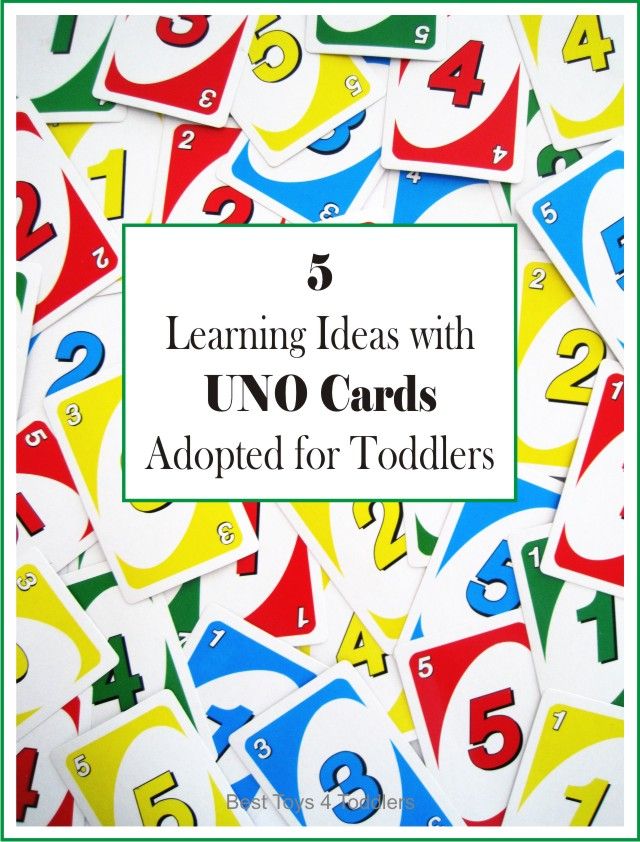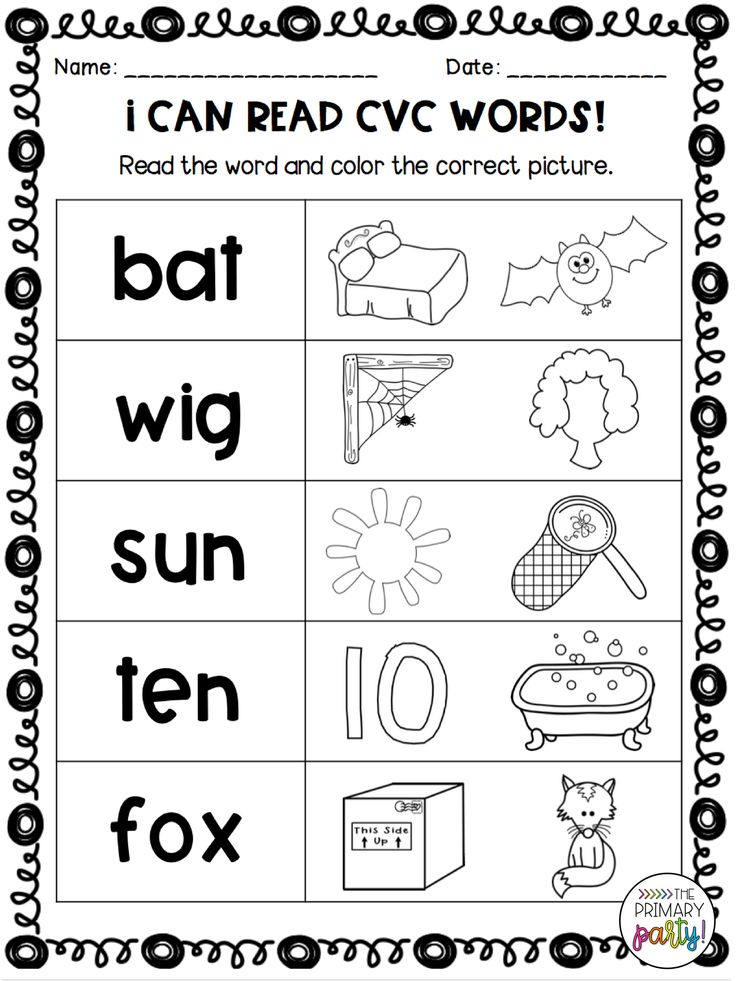Recognition of letters
Understanding Letter Recognition and It’s Role in Preliteracy
Spread the love
Understanding Letter Recognition and Its Role in Preliteracy
Letter recognition is the capacity to call out a letter shown or pick out a letter in a group of letters. Recognition of letters is a foundational part of learning how to read. Without it, kids struggle to learn letter sounds and recognizing words. Children who cannot identify letters and name them with their sounds have difficulty learning how to read.
What is Letter Recognition?
Letter identification is the ability to name letters, find characteristics specific to the said letter, and letter formation of all 26 uppercase and lowercase letter symbols used in the English language. That’s 52 letters in total. Letter identification includes being able to differentiate between distinct letters and their shapes and should be taught before, or at the very least, in conjunction with letter sounds.
This means that letter identification skills are essential and should not be passed over for letter-sound practice! Children need to know letter names and letter sounds to ease learning how to read.
Why Letter Recognition is Essential
Many reading skills are regularly assessed as predictors of reading success. Letter identification ranks among the top predictors. Upon entering school, kids come with a range of skills and an even wider range of alphabetic knowledge. For instance, they may have experience with the alphabet by singing the alphabet song. Other kindergarteners can spell their names or identify environmental print.
To have true fluency in letter identification, kids must find letters and say their names in and outside of context. It’s not the only accuracy but also automaticity, that is, being accurate and fast simultaneously, which leads to later reading success.
Research has also shown that learning letters and playing with letters often leads to an interest in their sounds and reading.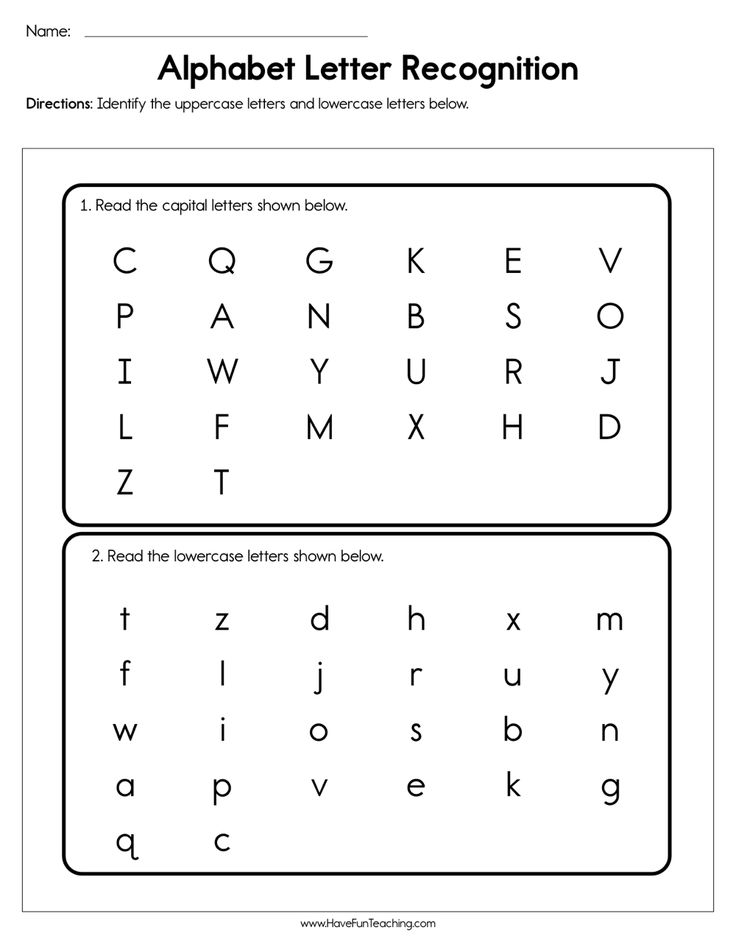 Most letter names share an auditory link with their sounds, thus efficiently doing double duty. It helps bridge the gap between phonemic awareness and letter identification to other phonics skills.
Most letter names share an auditory link with their sounds, thus efficiently doing double duty. It helps bridge the gap between phonemic awareness and letter identification to other phonics skills.
Teach Lettering Recognition to Preschoolers
There are a couple of essential strategies to utilize when teaching letter identification in preschool.
- Instruction in letter naming
- Sorting activities to recognize letter shapes
- Letter creation and formation
- Exposure to letters in several text formats
- Fluency practice in letter identification
- Fluency and accuracy assessments
When planning letter identification activities in the preschool class, keep in mind the following.
- Preschool kids have a wide range of skills and capabilities.
- Preschool kids may not all be ready to learn letter names simultaneously and never remain at the same rate as their peers.
- Leverage visuals, like alphabet cards and beginning sound cards.
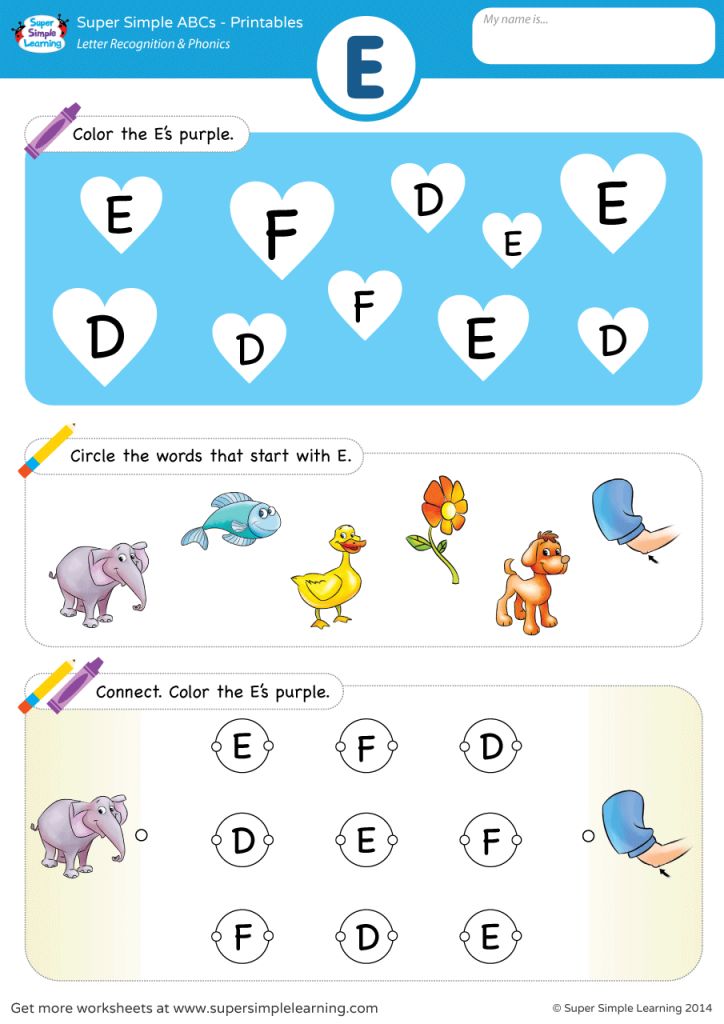
- Practice “think aloud” strategies, which means to talk out loud about the things you want your kids to know and notice about each letter.
Letter Sequence Does Not Have to Be Taught in Alphabetical Order
There are guidelines to follow when determining a teaching sequence for teaching letter identification. Keep in mind that the suggestions below refer only to the letter naming and letter identification, not teaching sound-spellings.
Necessary Skills for Learning Letter Recognition
Even before letter identification, there are a few other skills that should be taught. Teach visual discrimination. This helps kids learn to find differences among lines and shapes. Visual discrimination can be taught in isolation and in “what’s different” or “what’s the same” activities.
Practice visual discrimination in the alphabet by sorting letters based on shape. Straight lines, versus curved. Tall letters versus short, etc. Letters versus numbers and symbols.
More on Teaching the Recognition of Letters
Teach high-frequency letters first. This means that it’s not necessary to teach letters in alphabetical order. Letters with higher frequency will have more meaning and allow kids to practice letter identification skills in various text contexts.
Separate letters that are visually confusing. For instance, if your preschooler struggles with the letters G and O, don’t teach them at the same time. Once letters have been learned in isolation, provide sorting activities for additional comparison and practice.
If a preschooler has a mature pencil grasp, teach letter formation in conjunction with letter identification. When possible, teach letters that are simpler to print, often those with straight lines, before more complex letters.
How to Teach Kids the Letters of the Alphabet
72 shares
- Share
- Tweet
Are you teaching letter recognition skills to your children? When it comes to pre-reading skills, Letter Recognition is an important part!
Learn how to teach and help your children learn their ABC’s with these tips and strategies!
If your kids are eager to learn the letters of the alphabet, provide them with a literacy-rich environment which includes letters and words around your classroom or home.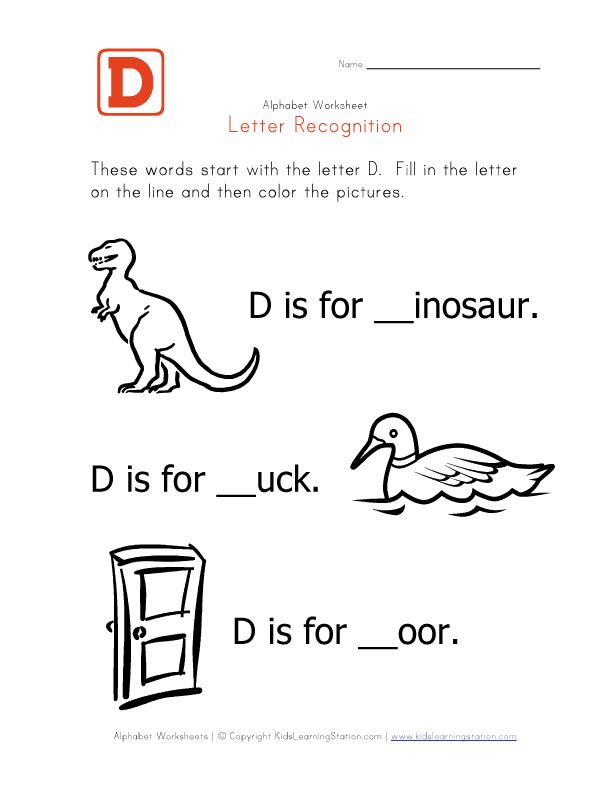
You can also add letters to your children’s play and introduce them to many different letter recognition activities.
What You'll Find On This Page
What is Letter Recognition?
One of the 5 Pre-Reading Skills Kids Need To Be Successful Readers is Letter Knowledge. Letter Knowledge begins with Letter Recognition which is also known as Alphabet Recognition.
Letter Recognition is the ability to recognize and name all of the lowercase and capital letters. Children who know the letters can also distinguish between them.
Why Is Letter Recognition Important?
Being able to say the names of the letters quickly in sequential order will help children learn the sounds more easily.
Sometimes, a letter name will give children clues as to the sound that it makes too.
Kids who can easily name the letters of the alphabet are also more motivated to learn about words and how to spell. They have an easier time learning to read too.
Is My Child Ready To Learn The ABC’s?
Just like learning to walk or potty training, children need to be developmentally ready to learn the letters of the alphabet.
Before they can begin, they need to visually discriminate or recognize the similarities and differences between the different letter shapes.
Children need to able to differentiate between straight and curved lines or tall and short letters.
They also need to understand the difference between letters, numbers, and other symbols.
What Order Should The Letters Be Taught?
When teaching your children the letters, you don’t have to introduce them in alphabetical order.
You should start with high-frequency ones like the letters in their names.
The letters in their names will have more meaning to them and give them more chances to practice recognizing those letters in different ways.
When first introducing the letters in their names and the rest of the alphabet, only give your children two unknown letters to work on at a time.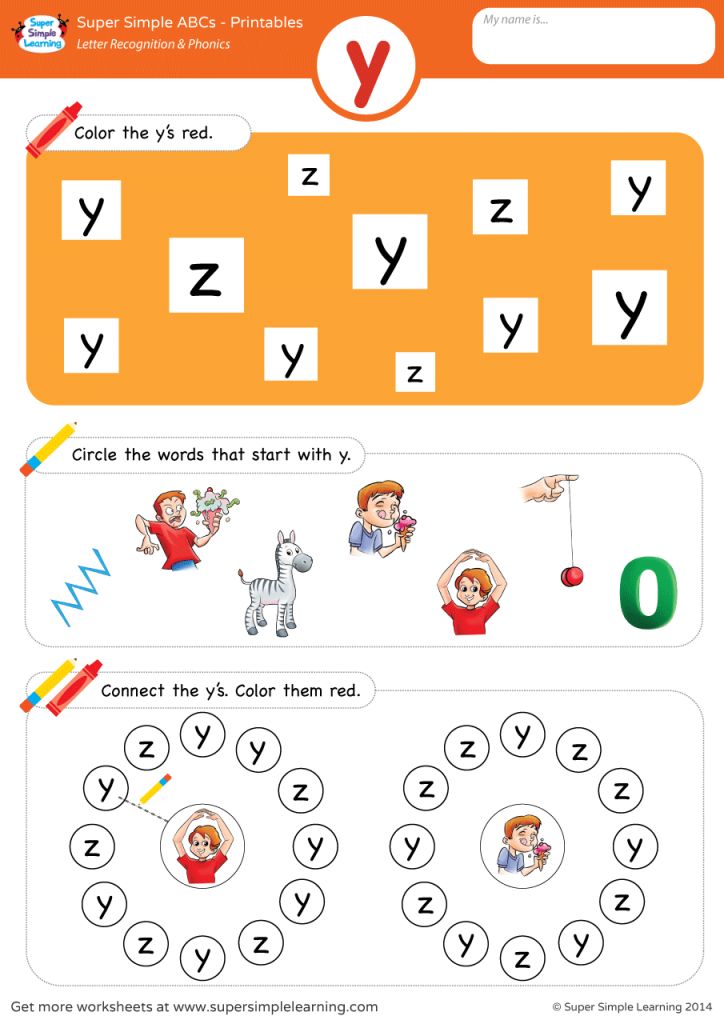
After they have mastered those letters, give them one or two more letters to learn until they know all 26!
Should My Child Learn Capital Letters or Lowercase Letters First?
Young children need to be exposed to both capital and lowercase and will need to learn all of them before becoming a successful reader.
Even though lowercase letters are more common in reading, it’s easier for children to learn capital letters first.
They don’t confuse them like they do lowercase letters, because capital letters are easier to visually distinguish.
If you look at all of the capital letters, the only ones that are commonly mistaken for one another are capital M and W.
When teaching children two letters that can be mistaken for one another such as capital M and W, teach one at a time.
After your children know both letters, give them activities to reinforce the differences between the two such as sorting the two letters.
Letter recognition is an important part of pre-reading! Your children are on their way to learning how to read!
Your May Also Like:
Are you looking for Alphabet Activities to help you teach and your children learn the letters of the alphabet? From Letter Dot Painting to Letter Mazes, there are so many printable activities that will give your children a fun, hand-on way to learn the letters.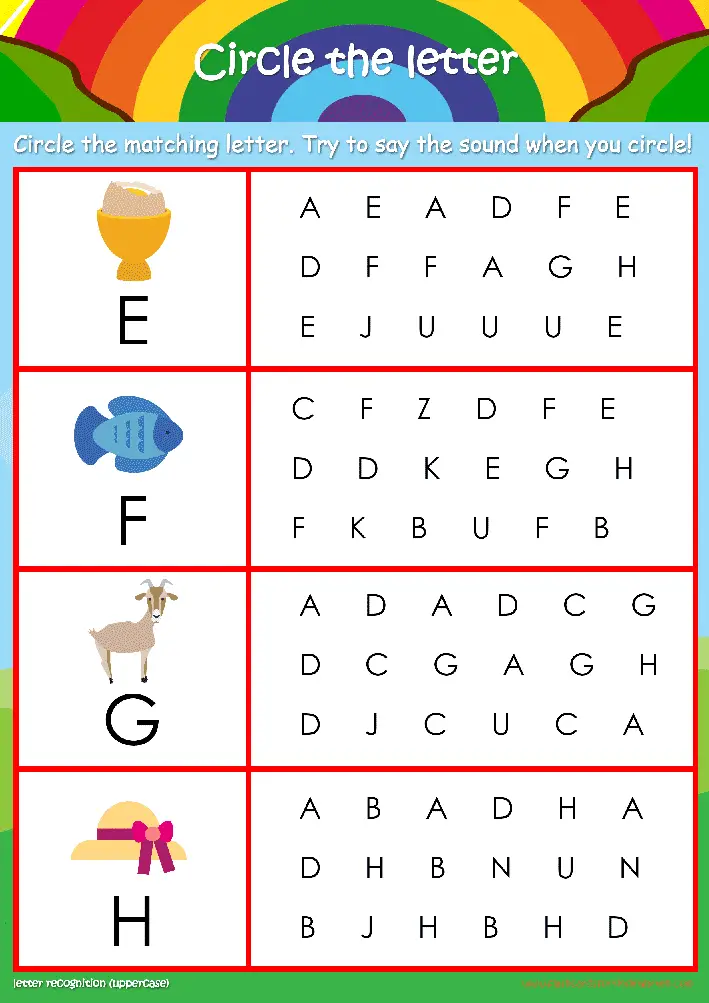
These interactive resources will help your kids to work on letter identification, formation, and much more. Click on the picture to learn more about the activities included in this bundle!
Letter Recognition Resources:
Your preschoolers and kindergarteners can use these letter recognition resources to help them practice the skills that they are learning.
- Letter Recognition Activities
- Letter Recognition Games
- Alphabet Sequence Worksheets from Homeschool Preschool
- Letter Recognition Cards
- Letter of the Week Crafts from Crystal and Comp
Free Online OCR Tool (Text Recognition) - Convertio
Convert scanned documents and images into editable Word, Pdf, Excel and Txt (plain text) formats
Pages available: 10 (You have already used 0 pages)
If you need to recognize more pages, please register
Upload files to recognize or drag them to this page
Select files nine0005
Selection Format and Settings
Microsoft Word Document (.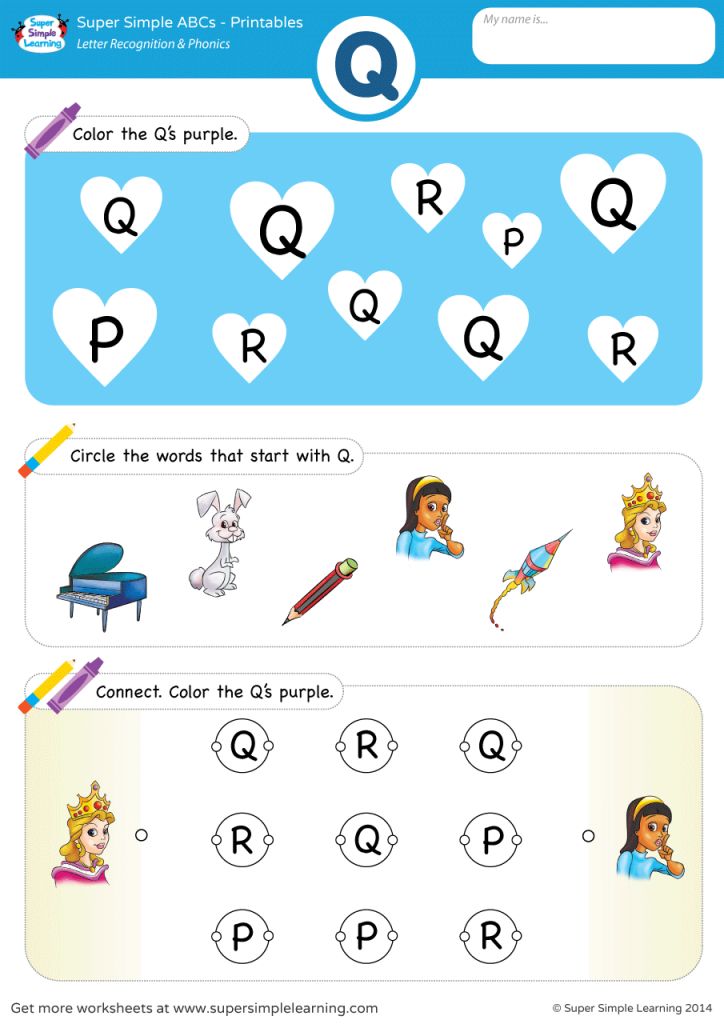 docx)Microsoft Excel Workbook (.xlsx)Microsoft Excel 97-2003 Workbook (.xls)Microsoft PowerPoint Presentation (.pptx)Searchable PDF Document (.pdf)Text Document (.pdf) txt)RTF Document (.rtf)CSV Document (.csv)Electornic Publication (.epub)Xml book storage format (.fb2)DjVu Document (.djvu)
docx)Microsoft Excel Workbook (.xlsx)Microsoft Excel 97-2003 Workbook (.xls)Microsoft PowerPoint Presentation (.pptx)Searchable PDF Document (.pdf)Text Document (.pdf) txt)RTF Document (.rtf)CSV Document (.csv)Electornic Publication (.epub)Xml book storage format (.fb2)DjVu Document (.djvu)
All pages
Page numbers
How to recognize text from an image?
Step 1
Upload images or PDF files
Select files from computer, Google Drive, Dropbox, by link or drag and drop to the page
Step 2
Language and Format
Select all languages used in the document. Also, choose .doc or any other format you need as a result (more than 10 text formats are supported) Chinese text - Convertio
Convert scanned documents and images in Chinese to editable output formats Word, Pdf, Excel and Txt (plain text)
Pages available: 10 (You have already used 0 pages)
If you need to recognize more pages, please register
Upload files for recognition or drag them to this page
Select files
Supported file formats:
Selection Format and Settings
Microsoft Word Document (.